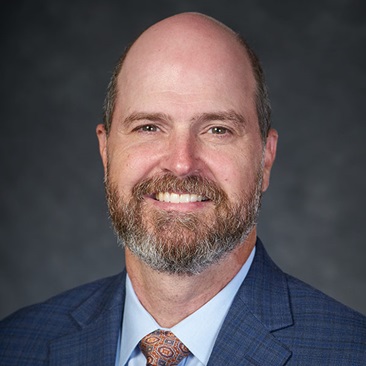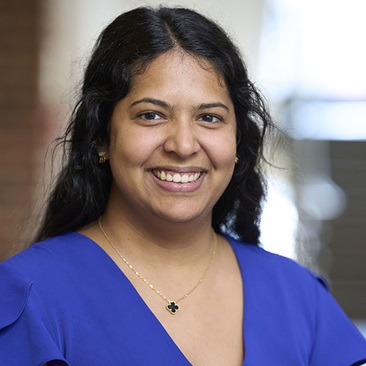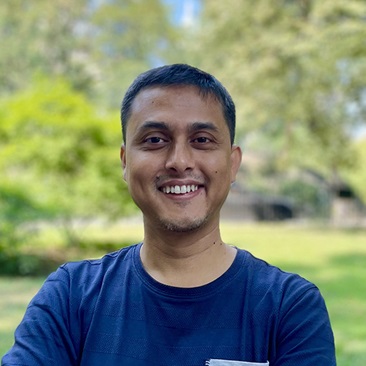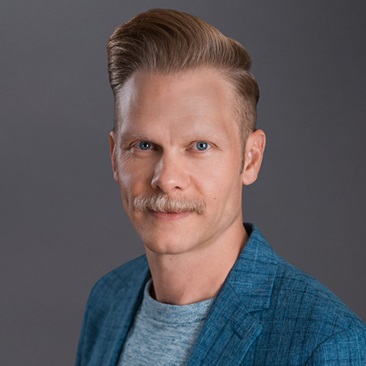
Maxwell X Lab Study Reveals New Data on Email Recruitment
March 7, 2025
Messages that were crafted as letters and promoted a long-term career opportunity were more successful in recruiting applicants to a School of Education teacher recruitment fellowship, their findings revealed.
Findings by the Maxwell X Lab may help employers, nonprofit organizations and other entities better connect with underserved communities.
Their research, recently published in the Journal of Behavioral Public Administration, is the result of a collaboration between the Maxwell School and the School of Education to address teaching disparities in K-12 public school districts. Numerous studies have shown that students are more likely to be successful when they can identify with their teachers.
The two-fold endeavor was launched in the fall of 2021 with a gift from Syracuse University alumni couple Marcia Baldanza and her late husband, Ben, who passed away this past November. While the School of Education developed the Baldanza Fellows Program that provides a full-tuition grant, a partial cost-of-living stipend and the promise of a teaching job in a partner school district, the X Lab used behavioral science to test the effectiveness of various types of email recruitment to prospective applicants.
X Lab researchers developed an email list of thousands of candidates, some of whom had recently completed their undergraduate degrees at Syracuse University. They then developed different types of email messages with trackable links to determine which elicited the most interest in the form of opens, clicks and ultimately, applications. The first message was delivered to approximately 6,000 candidates in November 2021, followed by a second email six weeks later.
The email recipients received either an official letter with the University seal, signed by the dean of the School of Education, or a message that was formatted as an informational flyer with photos. “Individuals also received one of two different message framings,” says Len Lopoo, director of the X Lab and associate dean, chair and professor of public administration and international affairs. “One appealed to those who want to pursue a challenging new endeavor, while the other appealed to those who may be looking for stable and long-term career prospects.”
Each email had a link to the fellowship website, which included details on the program and a link to the application.
“How does one communicate effectively with an email? The question is small, but I think the implications are important. This project has massive important implications in lots of fields.”
Len Lopoo
director of the X Lab and associate dean, chair and professor of public administration and international affairs
The findings show that the emails in the form of an official letter were 15 to 17 percent more likely to be opened than emails that resembled a flyer for both the introductory email and the reminder email. The letter was also more effective at getting recipients to click on the link to the Baldanza Fellows website, but only for the reminder email, Lopoo says.
The official letter reminder email increased the likelihood of clicking by over 80 percent, relative to the flyer. “The findings also demonstrate that messages that emphasized the long-term career opportunity of teaching were more successful at pushing recipients to open the follow-up message than those that highlighted the challenge of a career in teaching,” Lopoo adds. “How does one communicate effectively with an email? The question is small, but I think the implications are important. This project has massive important implications in lots of fields.”
For example, says Lopoo, the findings can be applied by employers seeking job candidates as well as by social welfare organizations wishing to better align their services with those who could most benefit.
Ashraf Haque, a Ph.D. student in the Public Administration and International Affairs Department, was part of the X Lab’s research team. “I learned how to approach research systematically, how to analyze data in the most transparent way and how to communicate my findings,” he says. “Also, I learned about the academic publication process, which is immensely beneficial for my future research and publication.
In addition to Haque and Lopoo, the Maxwell research team included Robert Bifulco, professor of public administration and international affairs, and Hannah Patnaik, managing director of the X Lab. Professors Christine Ashby and George Theoharis represented the School of Education.
Ashby and Theoharis continue to run the Baldanza Fellows Program using the outreach findings to recruit applicants. This year’s cohort of nine fellows will graduate in May 2025 and applications for the fourth cohort are currently under review.
“Collaborating with our Maxwell colleagues has been a delight. The same is true for working with our partner school districts,” says Theoharis of four area public school districts.
Theoharis meets three times a semester with the school district administrators. “They tell us ‘This is important to us—this is an issue we’re deeply committed to. We need teachers with varied life experiences and perspectives.’”
By Jessica Youngman
Related News
School News

Apr 11, 2025
Commentary

Apr 9, 2025
Research

Apr 8, 2025




